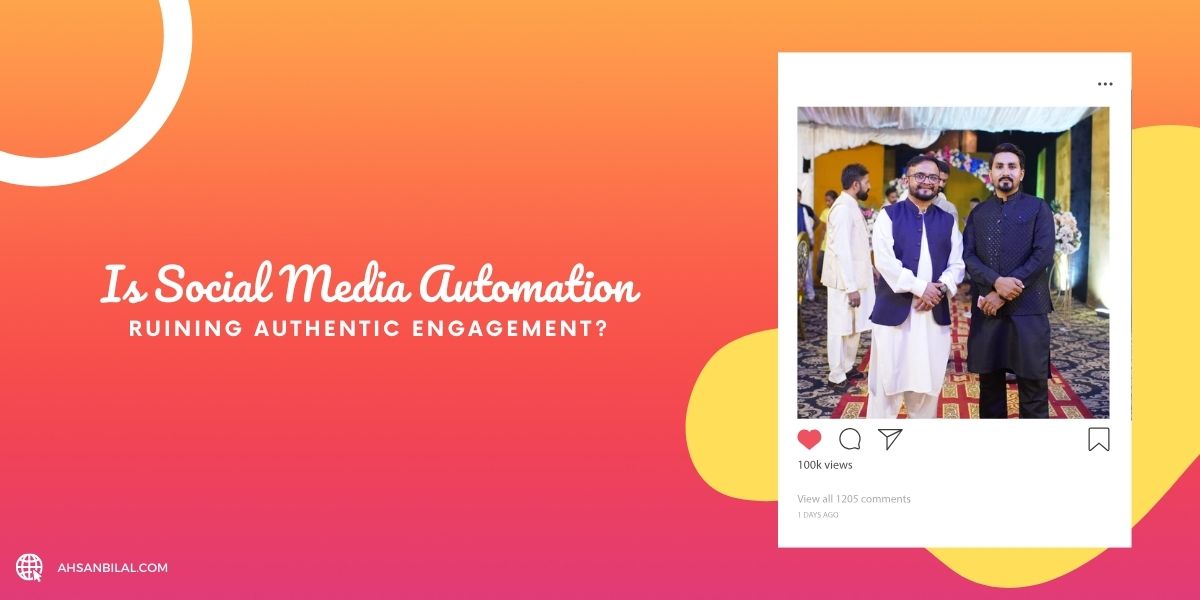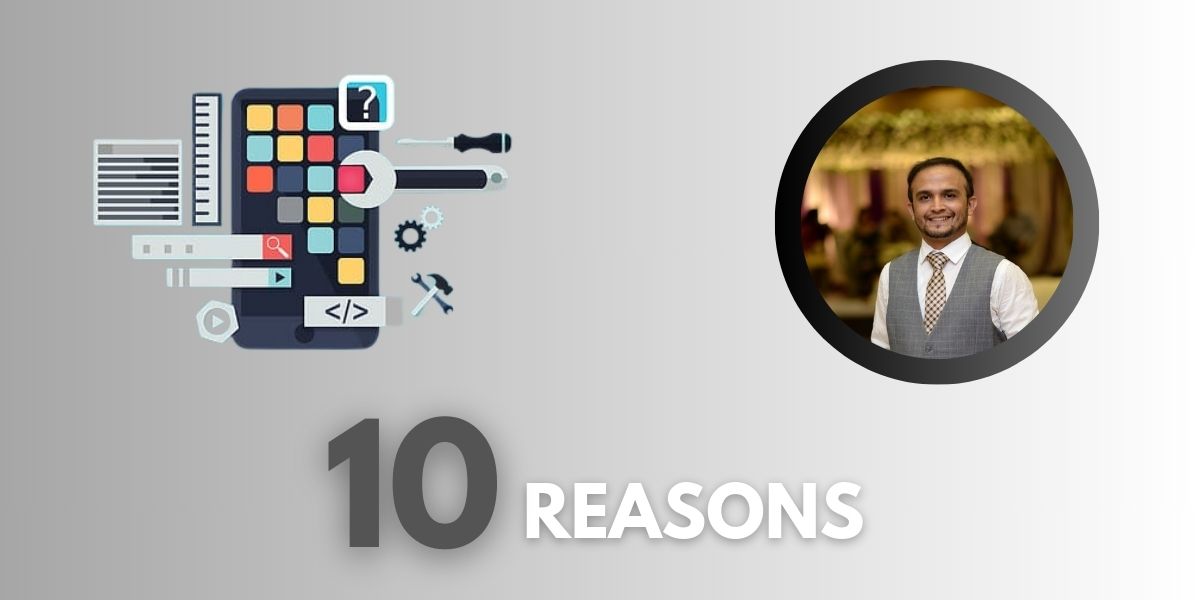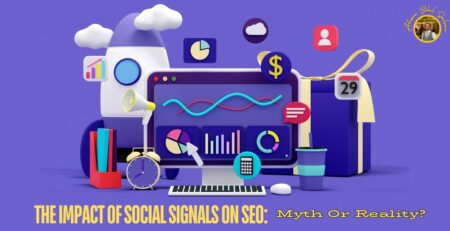Is Social Media Automation Ruining Authentic Engagement?
Social media automation has become a staple in digital marketing strategies, enabling brands to schedule posts, respond to comments, and manage multiple platforms effortlessly. However, the growing reliance on automation has sparked an important debate: Is it undermining authentic engagement? While automation streamlines processes, it also poses risks to genuine interactions and meaningful connections. Let’s explore the pros and cons to determine if social media automation is truly harming authentic engagement.
The Rise of Social Media Automation
Automation tools such as Buffer, Hootsuite, and Sprout Social have revolutionized how brands interact on social platforms. By automating repetitive tasks like post scheduling and analytics reporting, businesses can save time and focus on other priorities. The promise of efficiency and scalability has made automation appealing, especially for small teams managing extensive social media campaigns.
But as automation becomes more sophisticated—employing AI to generate responses and even create content—questions about its impact on authenticity are increasingly relevant.
The Case for Automation
- Efficiency and Consistency Automation ensures consistent posting schedules, maintaining a steady presence across platforms. Consistency is key to building brand recognition, and automation makes it easier to stick to a content calendar.
- Scalability Brands with large audiences or multi-platform strategies benefit significantly from automation. Engaging with thousands of users manually is impractical, and tools help manage these interactions effectively.
- Improved Response Time Some tools use AI to respond to customer inquiries instantly, providing better customer service. Automated responses to FAQs or chatbots ensure customers feel heard without delays.
- Data-Driven Insights Automation tools often include analytics that help marketers understand what works and what doesn’t. This insight allows brands to refine their strategies, making engagement more targeted and effective.
The Dark Side of Automation
Despite its benefits, automation is not without drawbacks. Over-reliance on tools can lead to issues that negatively affect a brand’s authenticity.
- Loss of Personal Touch Automated responses often feel generic, lacking the personal touch that fosters deeper connections. Customers can quickly sense when they’re speaking to a bot rather than a human, which may lead to dissatisfaction.
- Missed Opportunities for Meaningful Engagement Automation lacks the nuance required for context-specific interactions. A customer sharing a heartfelt story or unique concern deserves a thoughtful response, not a pre-written template.
- Risk of Errors Poorly configured automation can result in awkward or irrelevant posts, such as scheduled content that becomes inappropriate due to unforeseen events. This can harm a brand’s reputation.
- Over-Scheduling Can Lead to Spammy Behavior Automating too many posts can overwhelm followers and make a brand appear robotic. Authentic engagement thrives on quality over quantity, something automation tools often overlook.
Striking the Right Balance
The key to harnessing the power of automation without sacrificing authenticity lies in balance. Here are actionable strategies to achieve this:
- Use Automation for Repetition, Not Interaction Schedule posts and analyze data with automation, but leave meaningful conversations and customer responses to real humans.
- Personalize Automated Responses Craft templates that feel personal and allow room for customization. Use the customer’s name or reference their specific query to show genuine care.
- Audit Your Automation Strategy Regularly Evaluate which automated tasks enhance your strategy and which hinder authentic engagement. Cut back where necessary.
- Blend Automation with Human Oversight While tools can schedule posts, have a dedicated team monitor real-time interactions. Human oversight ensures the responses are timely and thoughtful.
- Prioritize Real-Time Engagement Conduct live sessions, Q&As, or interactive posts that require human involvement. These activities demonstrate authenticity and foster deeper connections.
Conclusion
Social media automation is a double-edged sword. When used wisely, it can enhance efficiency, maintain consistency, and improve response times. However, over-reliance on automation risks stripping away the genuine interactions that build trust and loyalty.
Authentic engagement remains a cornerstone of successful social media strategies. Brands must strike a balance, blending automation’s efficiency with human creativity and empathy to ensure meaningful connections in an increasingly automated digital world.
The question isn’t whether to use automation, but how to use it responsibly. By focusing on authenticity alongside efficiency, brands can harness the best of both worlds.










